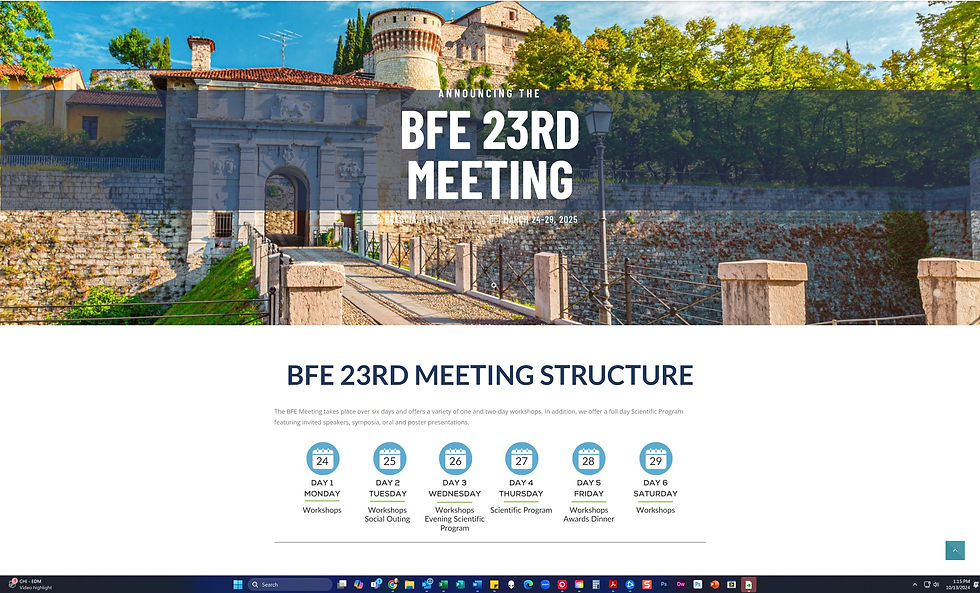
Trauma is a universal challenge that affects people of all ages, but children and adolescents are particularly vulnerable due to their developmental stage and limited coping mechanisms.
Post-Traumatic Stress Disorder (PTSD) and related symptoms are especially concerning for this population, as they can significantly influence a child’s mental health and development. A study titled "A core role for cognitive processes in the acute onset and maintenance of post‐traumatic stress in children and adolescents" by Meiser-Stedman and colleagues (2019) provides critical insights into how cognitive processes—the ways children perceive and process traumatic events—play a pivotal role in the onset and persistence of post-traumatic stress symptoms (PTSS).
This study focuses on the cognitive mechanisms that shape children’s initial reactions to trauma and explores why some children naturally recover, while others go on to develop persistent PTSD. It highlights key cognitive patterns that can either hinder or promote recovery and provides important implications for clinicians, caregivers, and educators working with trauma-exposed youth.
Cognitive Factors in the Onset of PTSS
The way a child interprets and processes a traumatic event immediately after it occurs has a significant impact on whether they develop PTSS. For example, peritraumatic subjective threat, or the child’s perception of how dangerous the situation is, strongly influences their immediate stress response. Similarly, data-driven processing, where the child focuses intensely on specific sensory details (such as sights or sounds) without integrating them into a coherent narrative, is associated with the early onset of PTSS. Physical pain experienced during or after the trauma further exacerbates these stress responses, making it harder for children to process the event effectively.
The study underscores the importance of addressing these early cognitive factors. Children who can make sense of their trauma in a coherent way are less likely to develop severe or prolonged symptoms. This suggests that the initial weeks following a traumatic event are a critical window for intervention.
What Sustains Post-Traumatic Stress Symptoms Over Time?
For some children, PTSS does not diminish naturally and may even intensify. The study identifies specific cognitive processes that sustain these symptoms. One of the most significant is dissociation, a mental state in which the child feels detached from reality or emotionally numb. This can prevent the full processing of the traumatic event and lead to ongoing distress. Another major factor is negative appraisals, such as beliefs that the child is to blame for the trauma or that the world is inherently unsafe. These appraisals reinforce feelings of fear, shame, and helplessness.
In addition, rumination, or repetitive, unproductive thinking about the trauma, plays a key role in maintaining PTSS. Children who repeatedly ask themselves questions like “Why did this happen to me?” or replay the event in their minds without resolution are more likely to experience prolonged distress. Poor trauma memory quality, characterized by fragmented or disorganized memories of the event, also hinders recovery. These incomplete or confusing memories make it difficult for the child to fully understand and move past the trauma.
Implications for Clinicians and Caregivers
This research offers important lessons for those supporting trauma-exposed children. Early intervention is critical. Addressing harmful cognitive patterns within weeks of a traumatic event can prevent PTSS from becoming chronic. For example, clinicians can help children reframe negative appraisals by challenging distorted beliefs and encouraging healthier ways of thinking. Similarly, supporting children in organizing their trauma memories into a coherent narrative can reduce the likelihood of rumination and dissociation.
Parents and caregivers play a vital role in a child’s recovery. Providing reassurance, maintaining routines, and fostering open communication about the trauma can create a sense of safety and support. Educating parents about the potential cognitive and emotional impacts of trauma can empower them to assist their child effectively.
Conclusion: Bridging Trauma and Recovery
Trauma, particularly in childhood, has the potential to leave deep and enduring effects on mental health, shaping how young individuals view themselves, their relationships, and the world around them. For children and adolescents, the aftermath of trauma can create a sense of confusion, fear, and disconnection, especially when they lack the cognitive tools to process what has happened. However, research into the role of cognitive processes offers a pathway toward healing and resilience, even in the face of significant adversity.
Understanding how children perceive, interpret, and mentally revisit traumatic events is critical for designing effective interventions. Trauma is not solely about what happens externally; it is also about how it is experienced internally. A child who feels unsafe, blames themselves, or gets stuck in a cycle of intrusive thoughts is more likely to struggle with post-traumatic stress symptoms (PTSS) over time. These internal processes—dissociation, rumination, and negative appraisals—can prolong distress and create barriers to recovery.
This is where early, targeted interventions play a transformative role. By addressing harmful cognitive patterns soon after the traumatic event, clinicians and caregivers can help children reinterpret their experiences in ways that reduce distress and promote healing. For instance, reframing negative appraisals (“It wasn’t my fault” or “The world can be safe again”) allows children to develop healthier narratives about the event. Helping children organize disjointed memories into a coherent story can reduce feelings of confusion and fear. Interventions that normalize their responses to trauma and provide tools for emotional regulation empower children to regain a sense of control and stability.
Equally important is the involvement of caregivers in this process. Parents, teachers, and other trusted adults play a vital role in creating an environment where children feel safe, supported, and understood. Trauma often disrupts a child’s sense of security, but consistent and compassionate caregiving can be a powerful antidote. By fostering open communication and modeling resilience, caregivers can reinforce the child’s belief that recovery is possible. Educating families about the cognitive processes involved in trauma ensures they can offer informed, empathetic support during this critical time.
The journey of recovery is not linear, nor is it easy.
However, with the right tools, approaches, and support systems, children can overcome even the most challenging experiences. They can emerge stronger, more resilient, and better equipped to navigate life’s difficulties. This study underscores that recovery is not just possible—it is probable when we apply evidence-based, compassionate care. Trauma does not have to define a child’s future. With the right interventions, it can instead become a chapter in their story, one that they have the strength to rewrite.
Glossary
cognitive processes: mental activities involved in understanding, processing, and interpreting information.
post-traumatic stress symptoms (PTSS): a range of distressing psychological symptoms that occur after exposure to a traumatic event, including intrusive memories, avoidance, and hyperarousal.
peritraumatic subjective threat: the perception of danger or threat during a traumatic event.
data-driven processing: focusing on sensory details of an event (e.g., sights, sounds) without forming a coherent narrative.
dissociation: a mental state characterized by emotional detachment, numbness, or feeling disconnected from reality.
negative appraisals: harmful interpretations of a traumatic event, such as blaming oneself or believing the world is unsafe.
rumination: repetitive, unproductive thinking about a traumatic event, often focusing on “why” it happened or replaying the event.
trauma memory quality: The degree to which memories of a traumatic event are organized, coherent, and complete.
Open Access Article
Meiser-Stedman, R., McKinnon, A., Dixon, C., Boyle, A., Smith, P., & Dalgleish, T. (2019). A core role for cognitive processes in the acute onset and maintenance of post-traumatic stress in children and adolescents. Journal of Child Psychology and Psychiatry, and Allied Disciplines, 60(8), 875–884. https://doi.org/10.1111/jcpp.13054
Google Illuminate Discussion
Listen to a great discussion of this post created using Google Illuminate.
Please Support Our Friends






Comments